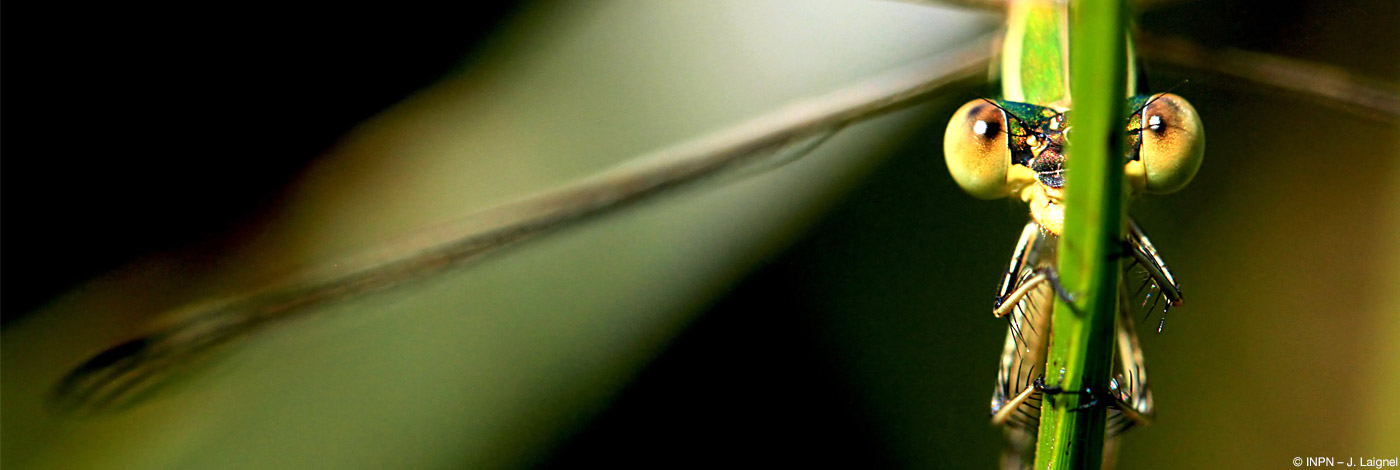

 Naturae
2025 (2) - Pages 15-30
Naturae
2025 (2) - Pages 15-30These island ecosystems are characterized by endemic plants adapted to stressful conditions (xericity, salinity, oligotrophic soil, wind). Several studies have measured the effects of the demographic increase of seabirds, but few have carried out a long-term monitoring by taking into account their demographic decline following an important increase. The aim of the study (over 24 years) was to measure physico-chemical changes of soils, composition of plant communities in relation to the demographic decline of yellow-legged gulls (Larus michahellis Naumann, 1840) on the archipelagos of Frioul and Riou (Marseille, France). Island conservation issues were analyzed by characterizing the functional types of plants (growth forms of Raunkiaer and Grime life-form strategies) and by studying the modification of plants with conservation concern, since the supply of nutrients and pollutants, such as trace metal elements, via gulls can lead to their disappearance. Soil analyzes (in 1997 and 2021) as well as floristic surveys (in 1997, 2008 and 2021) were carried out on 78 permanent plots located on nine islands and on the continental coast of the Calanques National Park. Since 1997, nitrogen levels and pH have increased, while organic carbon and the C/N ratio have decreased. In 2021, measurements of trace element concentrations reveal relatively low levels of contamination on the continent and the archipelagos. From 2008 to 2021, plant communities on the islands have been characterized by an increase in the number of ruderal plants. The decline of yellow-legged gulls population has not led to a reduction in disturbance-tolerant plants neither a significant increase in flora of conservation concern. However, it has led to an increase in chamaephytes and the total herbaceous stratum cover. Our results therefore suggest a persistence of alterations in soil parameters as well as the ruderalized plant communities. However, resilience occurs in terms of recovery of the herbaceous layer when gull pressure decreases.
Long-term diachronic survey, seabirds, trace elements, plant community, land-use history.